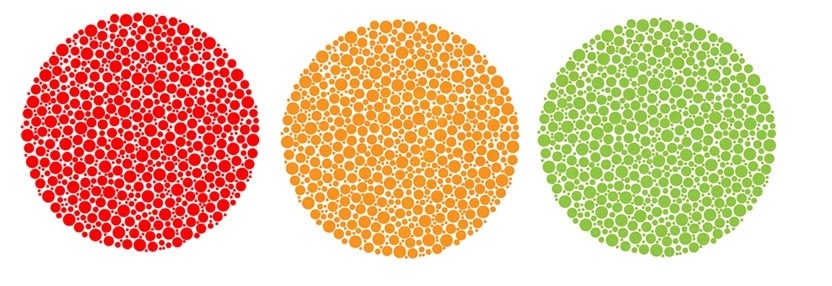She sees 100 million colors.
Per the CBC
Per the CBC
Most people can see a pretty wide range of colours - about a million hues, according to scientists.
We perceive all those gradations in colour using cells in our eyes called "cones". Most people have three cones, making us "trichromats". People with colour blindness have only two cones that function normally, so they're called "dichromats".
Now, a scientist in Newcastle, England has apparently discovered a woman who can see 99 million more colours than the average person. Her ability to perceive all those colours is extremely rare.
She's a tetrachromat, with four cone cells in her eyes, and she's able to see many colours that haven't even been named, since trichromats can't perceive them.
Dr. Gabriele Jordan from Newcastle University has been searching for a tetrachromat for 20 years, and two years ago, she says she found her first one.
Although the woman (who hasn't been named publicly - she's a doctor living in northern England) is said to be the first tetrachromat discovered by scientists, experts believe there are others.
In the course of their search, Dr. Jordan's team has found many other people with four cones in their eyes, but none of them passed the test for "super colour vision."
"We now know tetrachromacy exists," Dr. Jordan told Discover Magazine. "But we don't know what allows someone to become functionally tetrachromatic, when most four-coned women aren't."
As for why the team is focusing their attention on women, it all goes back to the beginning of the theory of tetrachromatic sight.
In 1948, Dutch scientist HL de Vries was studying colour-blind men when he incidentally also tested the daughters of one of his subjects.
He discovered that while the father had two normally functional cones and one mutant cone that is less sensitive to reds and greens, his daughter could perceive a wider range of hues of red than the average person.
It turned out the mothers and daughters of some colour-blind men had four cones, instead of the usual three. In all, Dr. Jordan estimates about 12 per cent of women have an extra cone in their eyes.
But in the vast majority of those women, the extra cone is inactive. Still, some scientists think it could be activated with practice.
Jay Neitz, a vision researcher at the University of Washington, says part of the problem is that the world is geared toward the vision of people with three cones.
"Most of the things that we see as coloured are manufactured by people who are trying to make colours that work for trichromats," he said. "It could be that our whole world is tuned to the world of the trichromat."
But one interesting quirk: it's impossible for a tetrachromat to express how the world looks, in much the same way we can't explain a colour to someone who's been blind since birth.
For now, Dr. Jordan is excited about her discovery, and she plans to keep searching for more tetrachromatic people.



